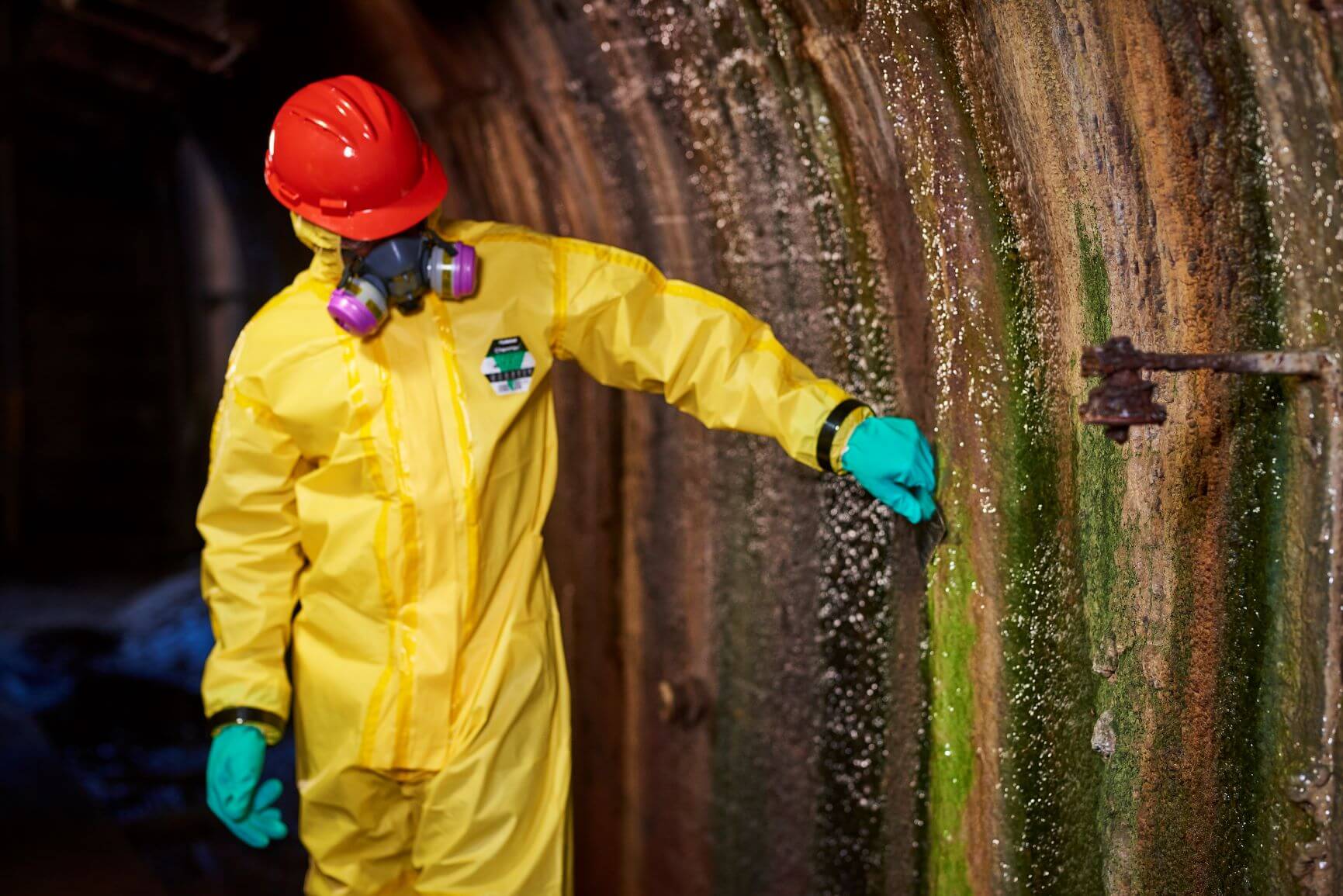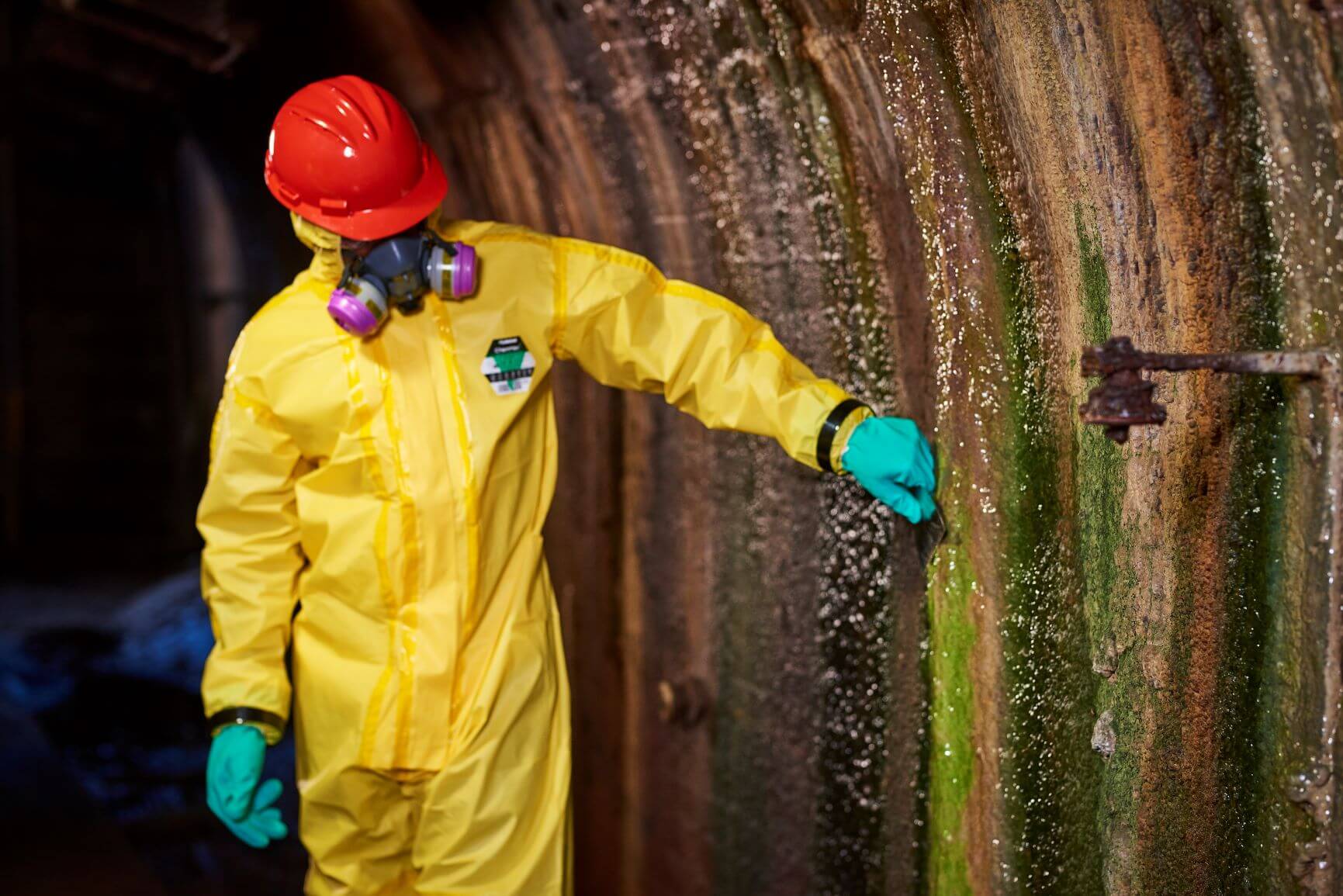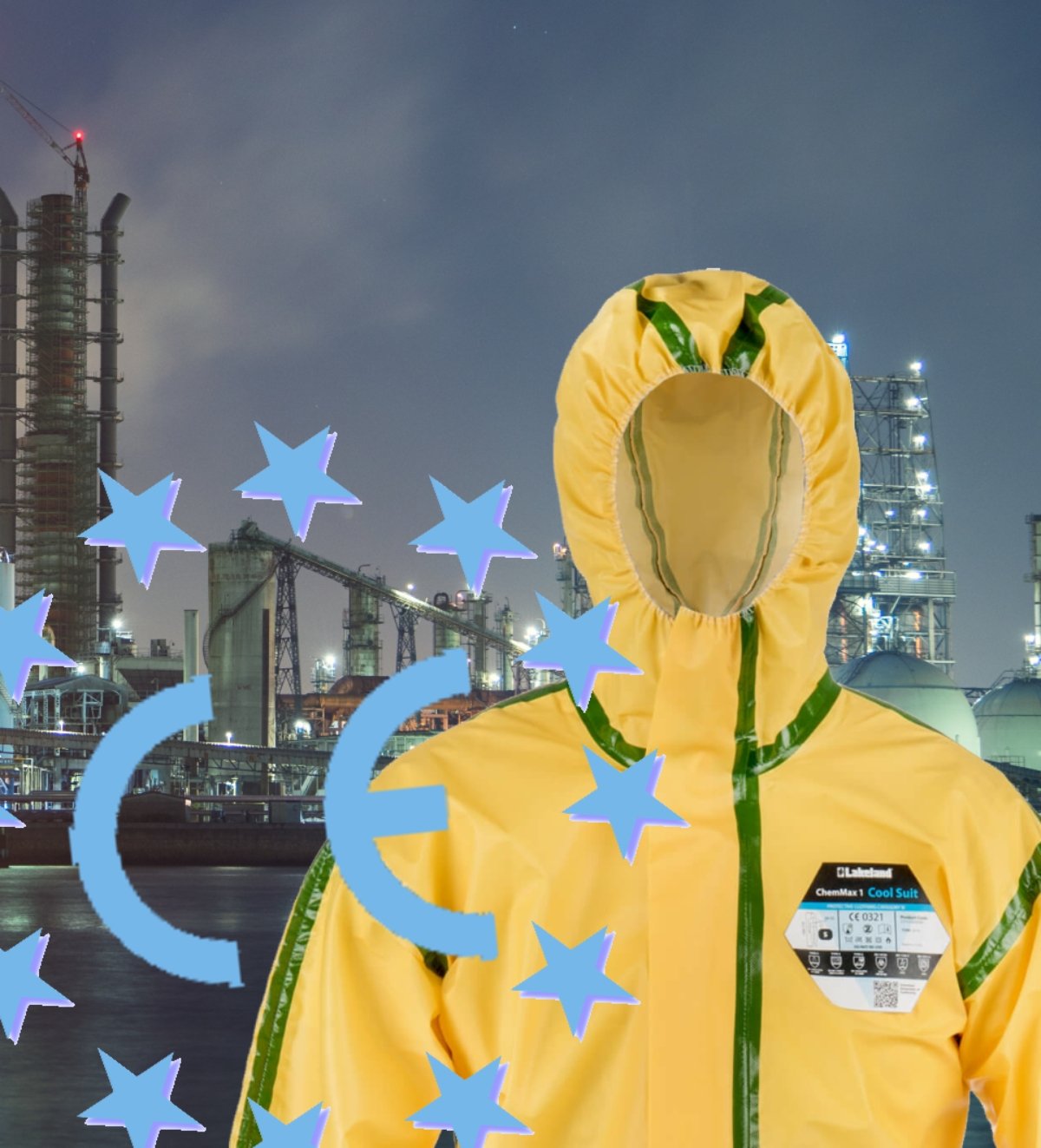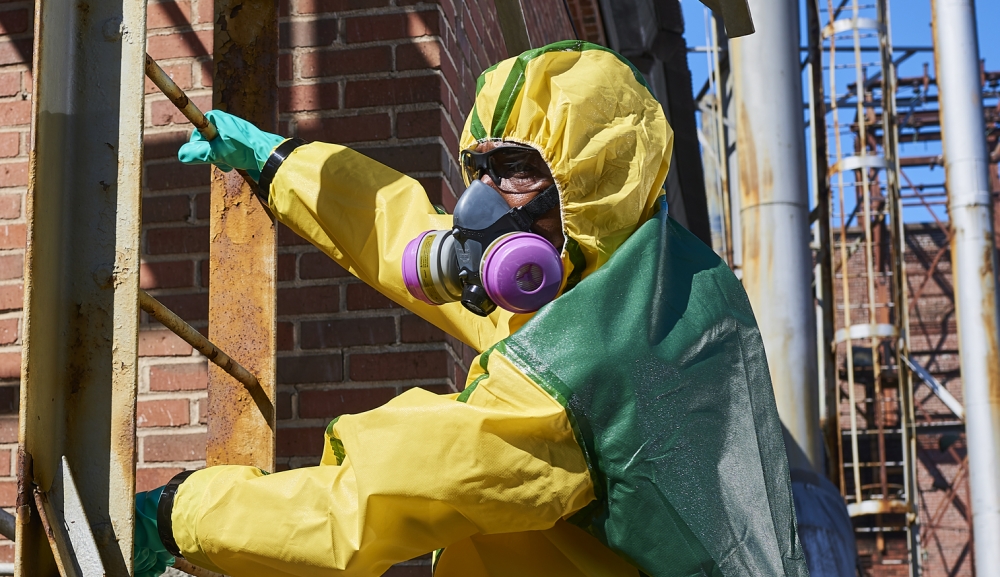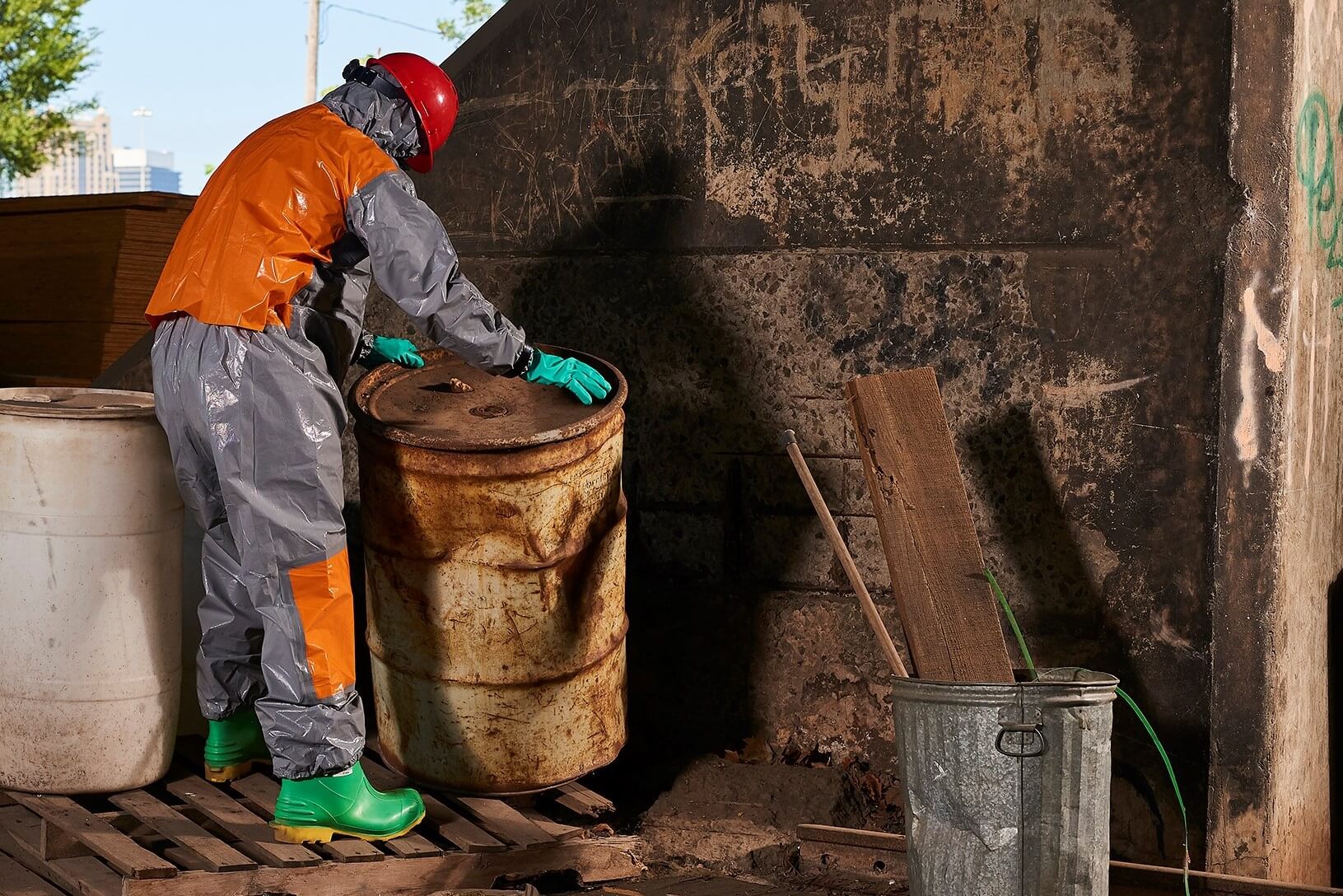When it comes to protecting employees from on-the-job hazards in chemical environments, selecting the right chemical protective wear is essential.
It’s important to appreciate the fact that every chemical suit provides a different level and type of protection. Some suits will be specifically designed to counteract and protect against light liquid sprays, whereas others will be designed to provide protection against strong jet sprays and higher pressure.
Taking these distinctions into account will enable businesses to choose the right chemical suit for the job and avoid incurring unnecessary expenses or providing insufficient protection to employees.
Many businesses, however, rely solely on European CE marking. This marking provides an indication of a chemical suit’s ability to protect against specific hazards – covering a wide spectrum from light sprays through to gas – and indicates that the chemical protective wear meets specified ‘minimum’ requirements.
Thus, purchasing chemical protective wear on the basis that it has the CE marking may not necessarily provide the specific protection employees need. For example, a suit might protect against light water spray but what if the employee is crawling and/or climbing ladders on a day-to-day basis? These activities could potentially lead to abrasion and puncture, decreasing the chemical suit’s level of protection and increasing the employee’s exposure to chemicals.
In addition to this, the certification of protective clothing as a certain ‘Type’ simply means that the suit has passed one or more of the whole suit liquid tests and meets the minimum performance requirements. As such, chemical clothing of the same type may perform differently under certain circumstances or in different environments.
A key factor is the toxicity of the chemical and its permeation through the fabric. Commonly used permeation test “breakthrough” does not refer to when the chemical first breaks through fabric but rather records a time to reach a specified RATE or SPEED of permeation. So at the time of test “breakthrough” permeation has already happened. It is therefor vital to understand how much permeates over time and, by understanding the unique toxicity of the chemical, whether it might cause harm.
What about comfort and environmental factors? Protection is of the utmost importance but if employees are uncomfortable while wearing protective clothing there is a chance that they might remove it or believe they can go without it. Uncomfortable clothing can lead to a decrease in employee performance – perhaps the clothing is too heavy or the employee is hot , and workers that are too hot might be tempted to unzip the coverall in critical areas… and an un-zipped coverall is not protecting properly…
Other environment factors should also influence the decision. Can employees hear or see each other during standard activity? Does the chemical protective suit need to be durable and/or ignition resistant?
Clearly, there is a lot to evaluate when it comes to selecting the right chemical protective wear for the job. Taking these factors into account when assessing the risks to employee safety is essential – and will enable businesses to make an informed decision on whether or not their chosen PPE is the best (and most effective) choice.

